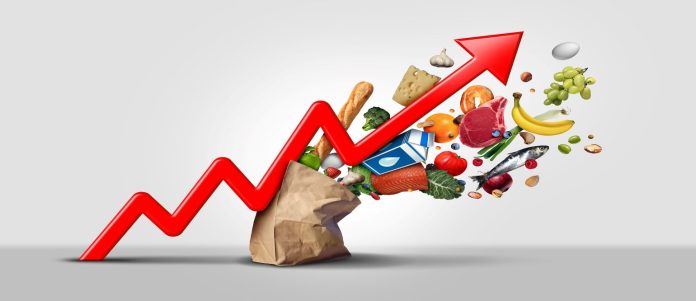- The global community is amid an alarming price rise on all essential commodities including the all-important grains and cereals is stating the obvious. The Russia-Ukraine war has affected the global supply chains debilitatingly can be gauged by the fact that many day-to-day commodities are proving to be costlier by the day. The common citizens are feeling the heat like never before with dreadful thoughts of the situation becoming worse in the foreseeable future if the ongoing war gets prolonged. India too is not an exception to the visible trend even as the Reserve Bank of India has stepped in by raising the repo rates acknowledging the inflationary trend sweeping the nation.

PC: Lynn Como
- As you are aware, wheat, the world’s most important source of food calories, is currently the focal point of anxiety about food inflation. The World Bank’s Commodity Markets Outlook has forecast that wheat prices this year will increase over 40%, hitting a record high in nominal terms. Most disconcertingly, India despite its large stockpile of wheat has already begun to feel the debilitating effect. The Government of India expects to procure about 19.5 million tonnes of wheat in the ongoing exercise, less than half of what was initially forecast. This dip in procurement is disproportionately large, as wheat production is expected to fall only 6% in relation to last year.
- This evolving situation does not augur well for the nation. Note that the global wheat prices are surging on the heels of drought in part of North America and the Russia-Ukraine conflict. After a few years where India’s market prices were largely in line with GOI’s minimum support price (MSP), or lower, the trend has reversed. Procurement has dropped because traders are offering farmers rates higher than MSP in anticipation of wheat prices rising in the future. The Government of India in turn is preparing for the season ahead by calibrating the release of its wheat stock. As reported, the first step has been to switch to extra rice in place of wheat, in its cereal allocation to 11 states.

PC: Research Team of IAS Babu Ji
- Worryingly, the risk going forward is that the wheat price trend is bound to spill over to the other important crops as well on account of input substitution because fertilizer, land, etc. to an extent can be used across crops. Remember, input substitutability in agriculture often results in co-movement of prices in some commodities such as edible oil as farmers switch in response to price signals. Remember, the next sowing season for wheat will begin around November when the market price is expected to be high nudging farmers to reallocate land from other crops to wheat. This will place upward pressure on the price of those crops for sure.
- Delving further on the matter will reveal that area allocated to wheat has been around 30-32 million hectares in the last few years, representing about 56% of the area under good grains in the rabi season. The other key crops in terms of land allocation are gram and coarse cereals. Given the dominance of wheat in the rabi land use, even small shifts can have a big price effect on other crops. India has a sizeable international trade in agricultural commodities. Against this backdrop, a well-judged release of the GOI’s wheat stockpile must play an important role in dampening food inflation this year. Otherwise, we are in for an extremely hard time






